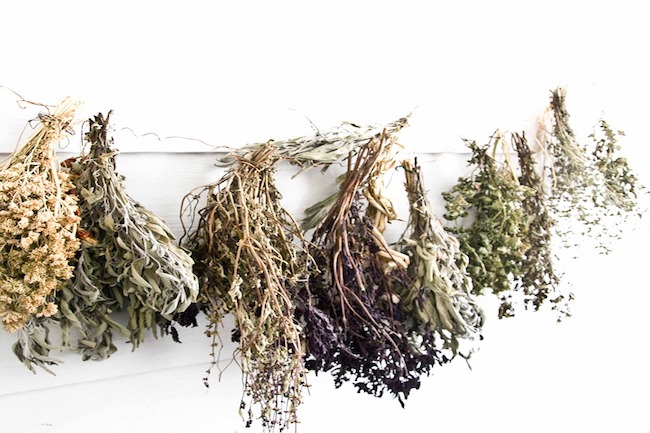This “Holy Herb’ Shows Promise in Treating Alzheimer’s Disease by for Natural Blaze
A shrub known as Yerba santa, dubbed “holy herb” in Spanish, appears to show promise in treating Alzheimer’s disease, researchers say. It has the potential to reduce brain swelling in people with dementia. [1]
Native to California,, Yerba santa has long been used as a treatment for fevers, headaches, and other common ailments. But researchers at Salk’s Cellular Neurobiology Laboratory in San Diego believe it could be used to treat much more serious health problems. In fact, millions of dementia patients stand to benefit from the natural treatment, they claim.
According to lab manager Professor Dave Schubert and his team, a molecule in the shrub called sterubin – the plant’s most active component – could be the key to transforming millions of lives.
The team found that sterubin had a significant anti-inflammatory effect on brain cells called microglia, which are involved in the development of Alzheimer’s disease, among other ailments.
The researchers further found that sterubin effectively removes iron. This is an important discovery, as iron contributes to nerve cell damage in the aging brain and neurodegenerative diseases.
Sterubin was found to effectively reduce numerous causes of cell death in the nerve cells.
Senior scientist Pamela Maher said:
“This is a compound that was known but ignored. Not only did sterubin turn out to be much more effective than the other flavonoids in Yerba santa in our assays, it appears as good as, if not better than, other flavonoids we have studied.”
The lab’s next step is to test sterubin in an animal model of Alzheimer’s to determine its medicinal qualities and toxicity level in animals. Once that’s completed, the researchers hope to test the compound in humans. However, in order to do so, it will be necessary to use sterubin derived from plants grown under standardized, controlled conditions, Maher said.
It has also been reported that researchers may opt to use a synthetic derivative of sterubin rather than use sterubin drawn from the plant. [2]




